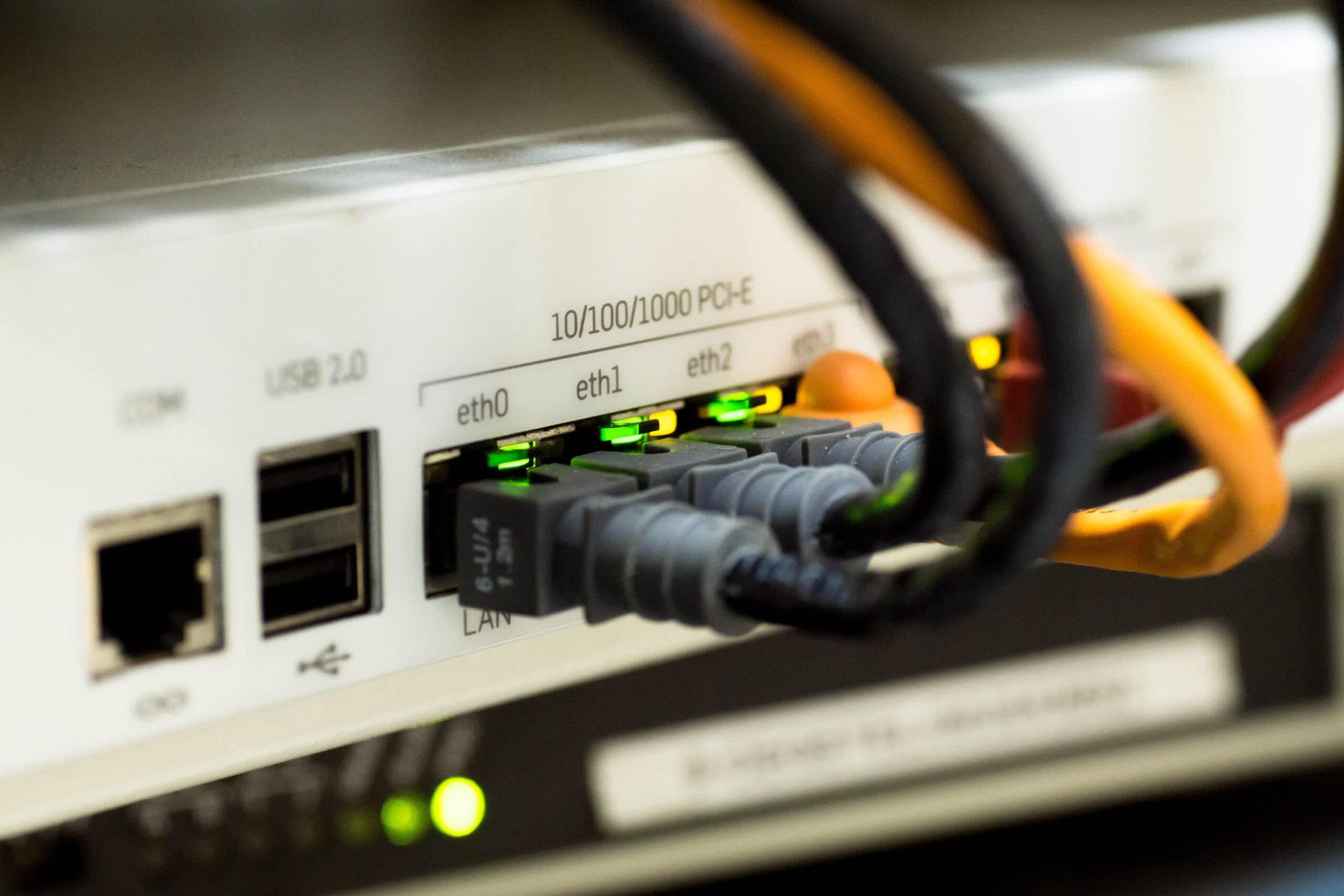If you’re a business looking to upgrade your IT infrastructure to improve network performance and customer service, you’ll likely come across the concept of Cross Connect within data center facilities. Despite being a pivotal part of networking in the modern-day, deciding which connectivity service and infrastructure best fits your business operations and scale can be quite bothersome and difficult.
In this article, we will be exploring what exactly a Cross Connection is and how it contributes to the connectivity options users have within data centers. For many, Cross Connect can, for obvious reasons, as we shall see, be quite an appealing service to add to their IT infrastructure.
What is a Cross Connection
A Cross Connection essentially refers to any physical device or hardware (cords or jumpers) which can connect separate units of the facilities within a particular data center. While these are usually physical, there are instances of Virtual Cross Connection services in Networking as well, i.e., the virtual cross connect by Beeks. The latter provide quicker services and so are used by Data Centres to integrate the financial marketplace into a harmonious ecosystem that functions and maintains itself on a regular basis.
These lines (whether they be fiber or copper) run above colocation racks and into a Meet-Me-Room (MMR). The purpose of this connectivity solution is to provide a more robust and diverse networking experience for users through a direct point-to-point connection between different hardware assets.
Benefits of Cross Connection in Networking
The Beeks Group addresses the unique advantages brought by Cross-Connect by talking about what it offers in terms of reduced latency, improved system performance, and, most importantly, minimal networking costs.
For businesses and large-scale enterprises, such enhanced performance ensures stability and reliability to operations and transactions, creating a trustworthy ecosystem that does not regularly fall apart due to traffic or networking issues. Since the direct connection avoids the public internet altogether, it is much easier to handle traffic and avoid congestion.
Therefore, Companies can use cross-connections to connect networks and ISP’s within the same building through the use of Cloud Services. Additionally, cross-connections reduce the possibility of network failure, hence adding to its reliability. As an example, the data center cross-connects a colocation rack to specific service providers such as cloud providers, and this direct connection reduces complications and ensures stable networking speeds.
The networking costs of a Cross Connection are also much more appealing when compared to standard telecom providers. All these benefits make Cross Connection in Networking a very appealing and sustainable option for businesses of all sizes; for all those looking for purchasing options, the standard provided by the Beeks Group knows few parallels.
Conclusion
In this article, we briefly discussed what a Cross Connection is and what its unique benefits are as a connectivity solution for networking. We can see how such connections can be a very appealing option for trading companies and enterprises who are always looking for more efficient ways to conduct their transactions more quickly and in greater amounts. Its low costs are also advantageous for small businesses.
Hopefully, this article serves as a useful brief guide that can help the reader judge for themselves whether a cross-connection is good for their particular venture.





